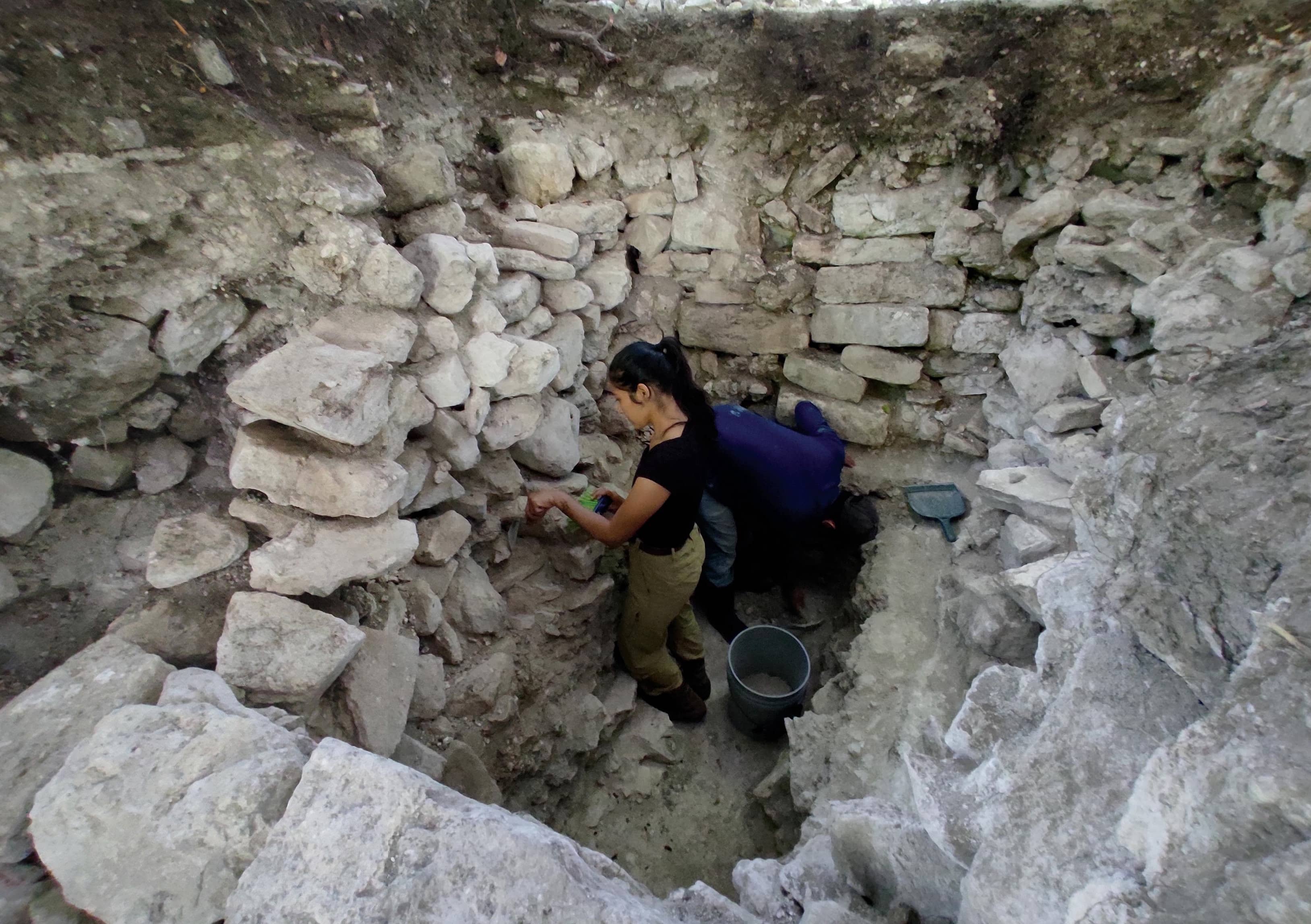
A singular event took place at the beginning of the ninth century A.D. that must have stunned the residents of the Maya city of Ucanal, capital of the K'anwitznal Kingdom, in northern Guatemala's Petén region. Their new ruler, Papmalil, presided over a sensational public ceremony during which the bones of four of his predecessors, which had been removed from their tombs inside one of the city's pyramids, were placed on a pyre. As Ucanal's citizens looked on, the flames reached nearly 1,500 degrees Fahrenheit, scorching and warping bone and shattering some of the precious objects that had also been taken from the tombs. The roar of the flames must have been thunderous, especially when punctuated by the sharp pops of exploding stone. Families that had been loyal to Ucanal's earlier dynasties were doubtless concerned for their future. Those who supported Papmalil likely rejoiced. Perhaps a musician accompanied the ceremony by playing the flute.
Pieces of greenstone and obsidian from a Maya funeral mask were discovered in a deposit of material that was removed from royal tomb in antiquity
While the precise details of how the ceremony unfolded are unknown-the event is not described in any text or recorded on any monument-the recent discovery of the burned bones and broken objects has provided evidence of what archaeologist Christina Halperin of the University of Montreal identifies as a tipping point in the K'anwitznal Kingdom's history. "This event marked the symbolic and literal destruction of an earlier K'anwitznal dynastic line," Halperin says. "It's so rare in the archaeological record to see a moment of fissure like this, where people immediately understand that they're doing away with a previous historical moment and entering into a changed political system."
This story is from the July/August 2024 edition of Archaeology.
Start your 7-day Magzter GOLD free trial to access thousands of curated premium stories, and 9,000+ magazines and newspapers.
Already a subscriber ? Sign In
This story is from the July/August 2024 edition of Archaeology.
Start your 7-day Magzter GOLD free trial to access thousands of curated premium stories, and 9,000+ magazines and newspapers.
Already a subscriber? Sign In
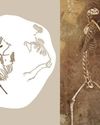
Like Cats And Dogs – Archeologist fund the skeleton of a male Eurasian lynx (Lynx lynx), a notoriously shy creature.
Оn the periphery of Zamárdi, an ancient lakeshore settlement in west-central Hungary, archaeologists uncovered a nearly five-foot-deep beehive-shaped pit with the skeletons of four adult dogs buried in successive shallow layers.
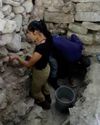
A Dynasty Born In Fire- How an upstart Maya king forged a new social order amid chaos
At the beginning of the Terminal Classic period (ca. A.D. 810-1000), many of the great kingdoms of the southern Maya lowlands-among them Tikal, Palenque, and Calakmul-were being abandoned or collapsing. For many years, scholars have assumed that most, if not all, the other kingdoms across the Maya world must have also been in steep decline.
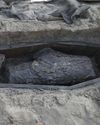
Medical Malfeasance - Archaeologists uncovered two coffins during excavations of a nineteenth-century cemetery in Quebec City that provide evidence of the illicit practice of diverting corpses for the study of human anatomy.
Archaeologists uncovered two coffins during excavations of a nineteenth-century cemetery in Quebec City that provide evidence of the illicit practice of diverting corpses for the study of human anatomy. Starting in 1847, medical students were required to have practical experience studying human anatomy, but legal options to procure cadavers were limited
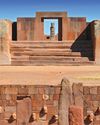
RISE AND FALL OF TIWANAKU
New dating techniques are unraveling the mystery of a sacred Andean city
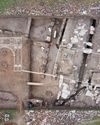
Making a Roman Emperor
A newly discovered monumental arch in Serbia reveals a family's rise to power in the late second century A.D.
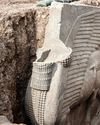
The Assyrian Renaissance
Archaeologists return to Nineveh in northern Iraq, one of the ancient world's grandest imperial capitals

Java's Megalithic Mountain
Across the Indonesian archipelago, people raised immense stones to honor their ancestors
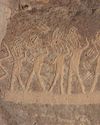
THE SONG IN THE STONE
Located in a desert gorge in southern Peru, Toro Muerto is one of the richest rock art sites in South America. It includes at least 2,600 boulders bearing petroglyphs, many featuring figures known as danzantes who appear to be dancing.

A FORTRESS SANCTUARY
A sprawling 2,000-year-old fortress in the Zagros Mountains of Iraqi Kurdistan appears to have included a sanctuary dedicated to the ancient Persian water goddess Anahita.

A FRIEND FOR HERCULES
While digging at the crossroads of the two main streets in the ancient city of Philippi in northern Greece, archaeologists discovered a finely carved head depicting Apollo, god of the sun, music, and poetry.